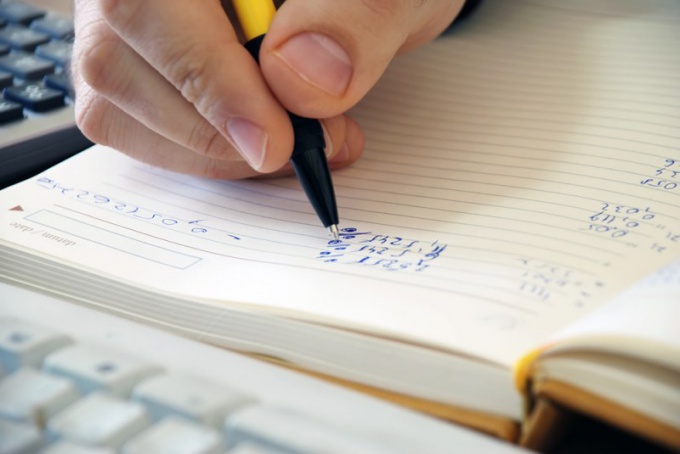Instruction
1
Group the costs of treatment for the intended purpose and direction of individual expenditures. Calculate the following costs: transport expenses; payments on social needs; costs of labour; depreciation of fixed assets; expenses on repair of the equipment; cost for rent and maintenance of premises, equipment, vehicles, and equipment; expenses for payment of percent for using credit funds; the cost of fuel, electricity, gas for industrial purposes; advertising costs; costs for storage, posertive, handling and packaging of the goods; the cost of purchasing the containers; land tax; farm payments and other expenses.
2
Calculate the sum of total costs. To do this, fold the fixed and variable costs. Fixed costs include costs that are independent in the short term of the number of produced products. In turn, variable costs are those costs that depend on production volumes.
3
Please note that the fixed costs consist of alternative value of a share of the financial capital invested in the equipment of the company. The magnitude of this value is equal to the amount of money for which the founders of the company would be able to sell this equipment, and the profits to invest in more attractive business investment. To them take all the costs for raw materials and energy. The largest part of variable costs, as a rule, will account for the cost of materials.
4
Determine the level of costs of circulation, which is equal to the sum of the costs of the appeal to the size of turnover expressed in percent. This indicator will allow you to characterize the performance of the company. The better the company, the lower should be the level of costs involved in the appeal.
